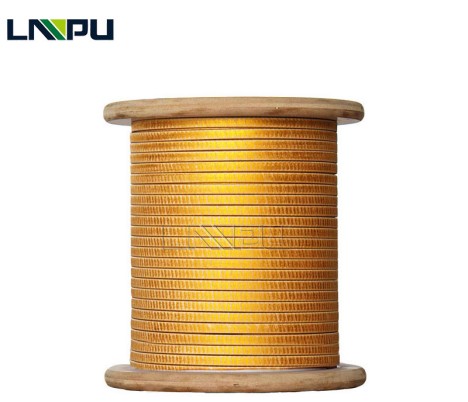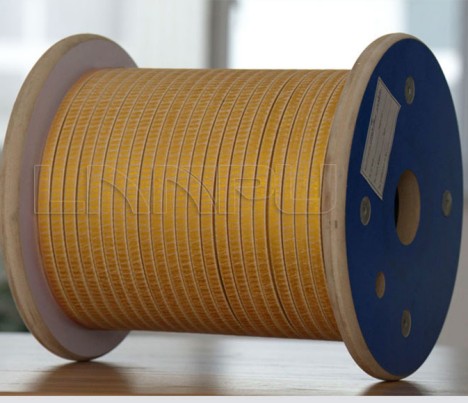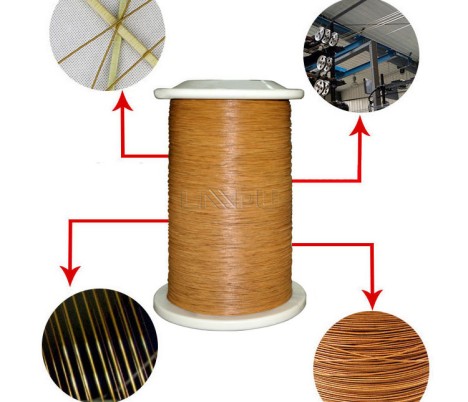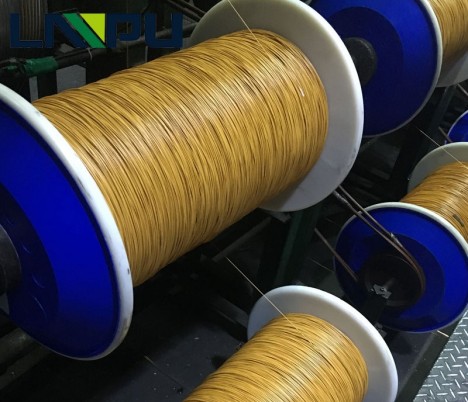Introduction to Glassfiber
Glass fiber is an inorganic non-metallic material with excellent performance. There are many kinds. The advantages are good insulation, strong heat resistance, good corrosion resistance and high mechanical strength, but the disadvantages are brittleness and poor wear resistance. It is made of pyrophyllite, quartz sand, limestone, dolomite, boronite, and boronite as raw materials through high-temperature melting, wire drawing, winding, and weaving. The diameter of its single filament is several Micron to twenty microns, equivalent to 1/20-1/5 of a hair, each bundle of fiber filaments consists of hundreds or even thousands of single filaments. The glass fiber is often used as reinforcing material of composite material, electrical insulation and heat insulation materials, substrate and other national economy fields.

Material Properties
Melting point: glass is a kind of amorphous, without fixed melting point, it is generally believed that its softening point is 500~750°C
Boiling point: about 1000 ℃
Density: 2.4~2.76 g/cm3
When glass fiber is used as a reinforcing material for reinforced plastics, the biggest feature is its high tensile strength. The tensile strength is 6.3-6.9 g/d in standard state and 5.4-5.8 g/d in wet state. It has good heat resistance and has no effect on the strength when the temperature reaches 300°C. It has excellent electrical insulation and is an advanced electrical insulation material. It is also used in heat insulation materials and fire shielding materials. Generally only corroded by concentrated alkali, hydrofluoric acid and concentrated phosphoric acid.

The Role of Glassfiber
1. Enhance the rigidity and hardness. The increase of glass fiber can improve the strength and rigidity of the plastic, but the toughness of the same plastic will decrease. Example: flexural modulus;
2. Improve heat resistance and heat distortion temperature. Taking nylon as an example, nylon with glass fiber is added, and the heat distortion temperature is at least doubled. The temperature resistance of ordinary glass fiber reinforced nylon can reach more than 220 degrees.
3. Improve dimensional stability and reduce shrinkage;
4. Reduce warping deformation;
5. Reduce creep;
6. For the flame retardant performance, because of the wick effect, it will interfere with the flame retardant system and affect the flame retardant effect;
7. Reduce the glossiness of the surface;
8. Increase hygroscopicity;
9. Glass fiber treatment: The length of glass fiber directly affects the brittleness of the material. If the glass fiber is not handled properly, the short fiber will reduce the impact strength, and the long fiber will increase the impact strength. In order to prevent the brittleness of the material from greatly decreasing, it is necessary to select a certain length of glass fiber.
Conclusion: To obtain good impact strength, the surface treatment of glass fiber and the length of glass fiber are very important.
Fiber content: The fiber content of the product is also a key issue. my country generally adopts integer content of 10%, 15%, 20%, 25%, 30%, etc., while foreign countries determine the content of glass fiber according to the use of the product.

Applied to Enameled Wire
Glass fiber enameled wire is enamelled on high-quality copper (aluminum) conductors, and then wrapped with glass fibers. According to customer needs, insulating varnish with the required temperature resistance index is prepared and baked to make the glass fiber, insulating varnish and conductors stick together. Integral winding wire. The product has four grades of temperature resistance: 130, 155, 180, and 200. The product is widely used in windings of generators, motors, motors and other similar electrical equipment.
Glass fiber wrapped winding wire is formed by wrapping one or two layers of glass fiber yarn on the outer surface of bare metal wire or enameled wire or film wrapped wire, dipping and drying with insulating varnish. They are respectively referred to as glass fiber covered wire, glass fiber covered enamelled wire and glass fiber covered film wrapped wire. Using glass fiber yarn as insulation improves the corona resistance and overload resistance of the magnet wire, but at the same time reduces the full slot rate of the winding and the flexibility of the magnet wire.
Glass fiber wrapped winding wire can be divided into two types according to its cross-sectional shape: round and flat. According to the number of wrapping layers, it can be divided into single layer and double layer. Glass fiber wrapped wire is mainly used for frequent starting, braking and motors with a voltage above 1,000 V to improve the insulation’s overload resistance, electrical strength and mechanical strength. At the same time, it is also an indispensable winding material for modern large-scale motors and turbogenerators.

